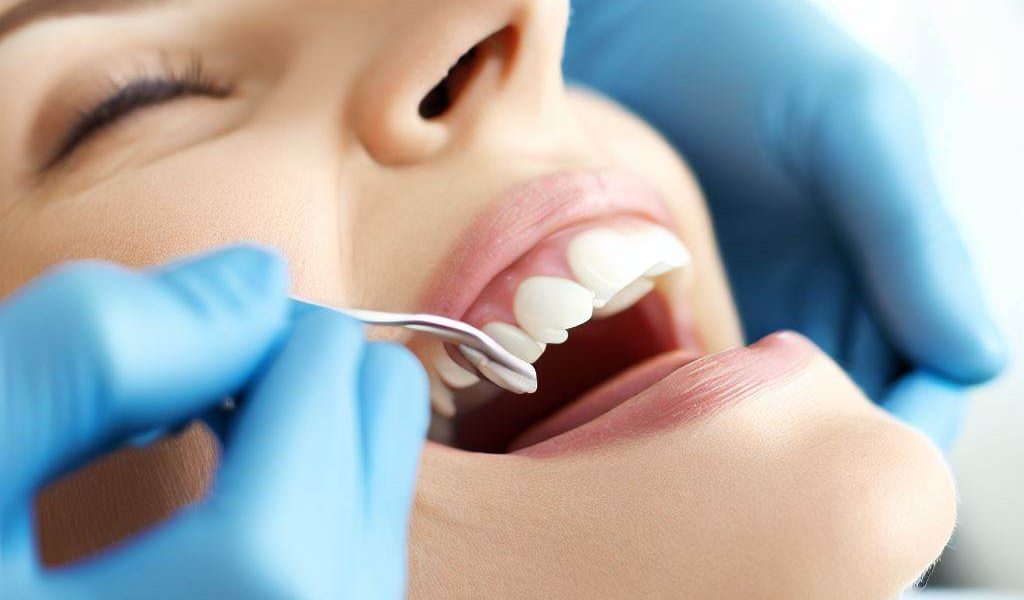In the realm of dental care and restoration, people often inquire about the lifespan of dental bridges—a substantial investment, no doubt.
What is Dental Bridge:
Dental bridges serve as prosthetics to replace one or more missing teeth. Supported by adjacent natural teeth known as abutment teeth, they can be crafted from various materials, such as ceramic, metal, or a combination of both.
Bridges are a fantastic solution to restore the function and aesthetics of your smile, sometimes in as little as two weeks. Several types of bridges exist, including:
Traditional bridges: The most common type, with an artificial replacement tooth (pontic) in the middle, supported by two abutment teeth.
Cantilever bridges: Similar to traditional bridges but having only one abutment tooth. They’re used when healthy teeth are present on just one side of the gap.
Maryland bridges: Resembling traditional ones but not attached to abutment teeth. Instead, they are bonded to the backs of adjacent teeth, also known as resin-bonded bridges.
Implant-supported bridges: As the name suggests, these bridges are supported by dental implants and used when no healthy teeth are present on either side of the gap.
The type of bridge recommended for each individual depends on their specific case and circumstances. A consultation with a dental professional is essential to assess individual needs and determine the ideal dental bridge option.
How long does a dental bridge last?
There’s no one-size-fits-all answer to this question, as the longevity of dental bridges varies from person to person. Generally, though, with proper care, most dental bridges can last between 5 to 15 years.
By maintaining good oral hygiene, regular dental checkups, and proper care of the teeth, the lifespan of a dental bridge can be extended even further.
Factors Affecting Dental Bridge Longevity:
Several factors influence the lifespan of a dental bridge:
The Type of Dental Bridge:
The type of dental bridge in use can impact its longevity. For instance, traditional bridges made of porcelain fused to a metal framework typically last 5 to 7 years and tend to be more durable compared to other types.
The Location of the Dental Bridge:
The position of the dental bridge within the mouth also matters. Bridges in the back of the mouth endure more stress due to heavier chewing forces.
The Number of Abutment Teeth:
The quantity of abutment teeth, providing support for the dental bridge, affects its average lifespan. More abutment teeth translate to more support and increased longevity.
Dental Hygiene Habits:
Proper dental hygiene plays a crucial role in the longevity of a dental bridge. Regular brushing and flossing to remove plaque and food debris around the bridge can prevent decay. Additionally, regular dental checkups and professional cleanings are essential. Avoiding chewing on hard foods or using teeth as tools can help avoid damage to the bridge.
Presence of Gum Disease:
Active gum disease can compromise the lifespan of a dental bridge by damaging the tissues and bone supporting the teeth. In such cases, abutment teeth may not offer sufficient support for the bridge.
In general, dental bridges can last for many years with appropriate care. Regular dental visits are vital to ensure the bridge’s condition remains optimal and any issues are detected early.
Are Dental Bridges Permanent?
No, dental bridges are not permanent, similar to other tooth replacement options. They typically last around ten years before requiring replacement. Nevertheless, with proper care and maintenance, their lifespan can be extended significantly.
To ensure the longevity of your dental bridge, it’s essential to practice good oral hygiene and schedule regular checkups and cleanings with your dentist.



